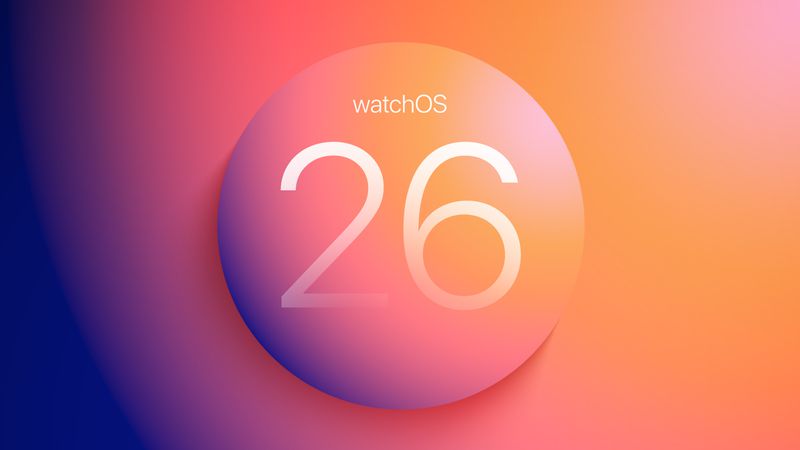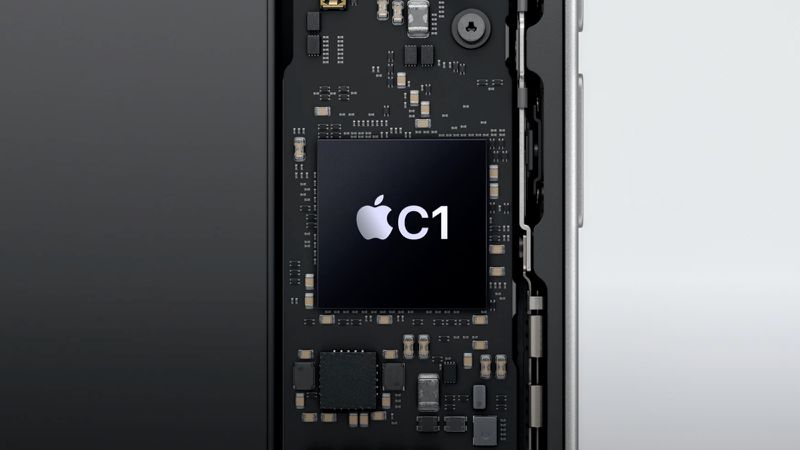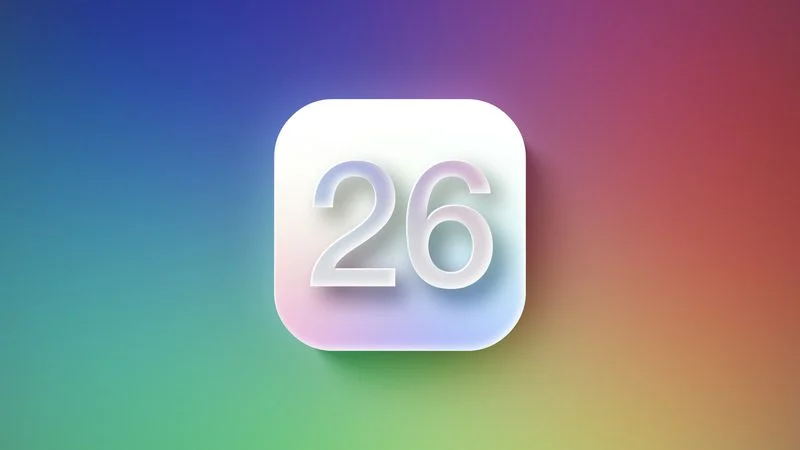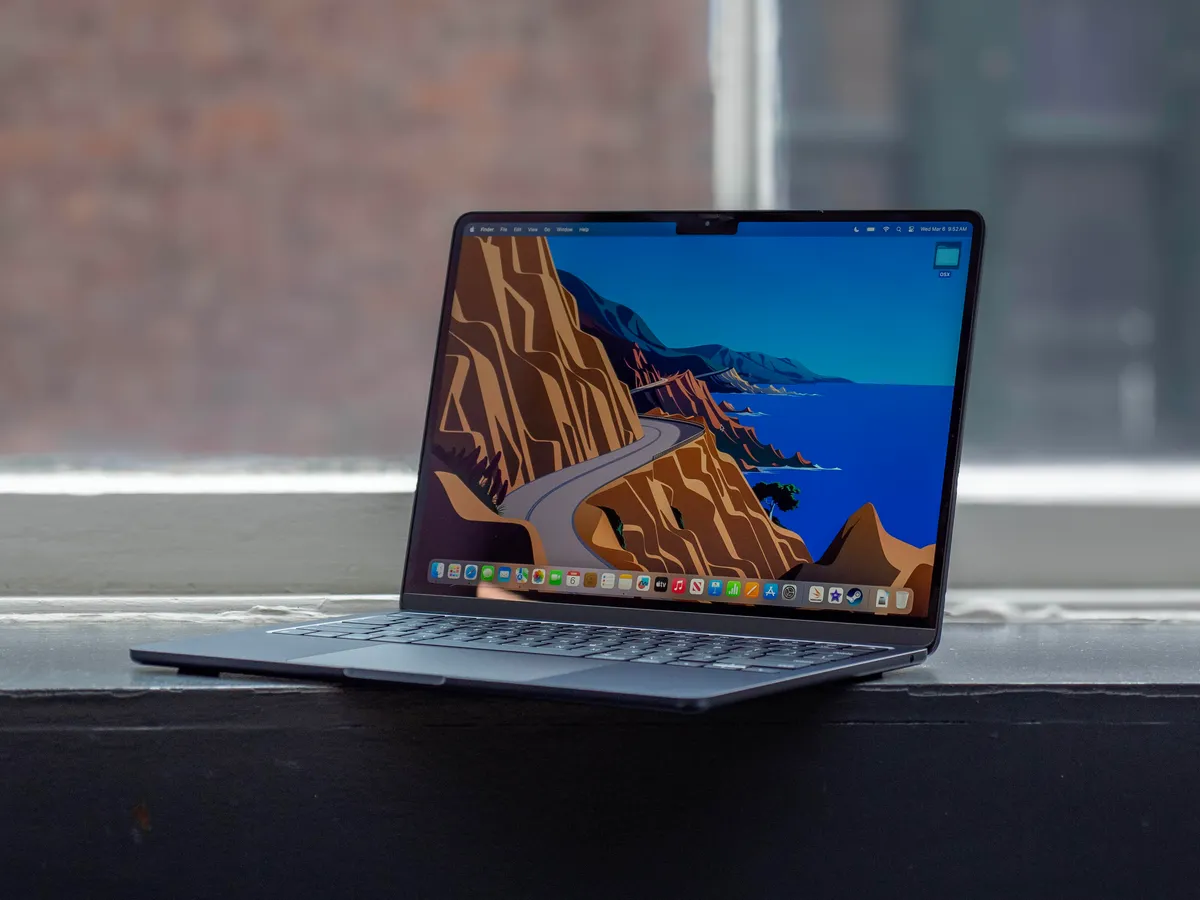The new watchOS 26 update brings exciting AI-powered features to the Apple Watch, but not all devices can use them. These features, called Apple Intelligence, have specific hardware needs. Here’s a simple breakdown of what you need to use them.
Live Translation: This feature lets your Apple Watch translate conversations in real time. It requires a newer model like the Apple Watch Series 9, Series 10, or Ultra 2. You also need an iPhone that supports Apple Intelligence, such as the iPhone 15 Pro, 15 Pro Max, or any iPhone 16 model. Both devices must run watchOS 26 and iOS 26.
Smart Replies: This helps you respond to messages quickly with suggested replies. It works on any Apple Watch that supports watchOS 26, like Series 6 or later, as long as it has the on-device language model. Your iPhone doesn’t need to be AI-compatible for this.
Workout Buddy: This feature gives you personalized pep talks during workouts. It works on any Apple Watch running watchOS 26, but your paired iPhone must support Apple Intelligence. It uses workout data to motivate you, like tracking your heart rate or distance.
Each feature has different needs because some run on the Watch itself, while others rely on the iPhone’s power. If you’re excited about these AI tools, check if your devices meet the requirements. Which watchOS 26 feature do you like most? Share your thoughts







